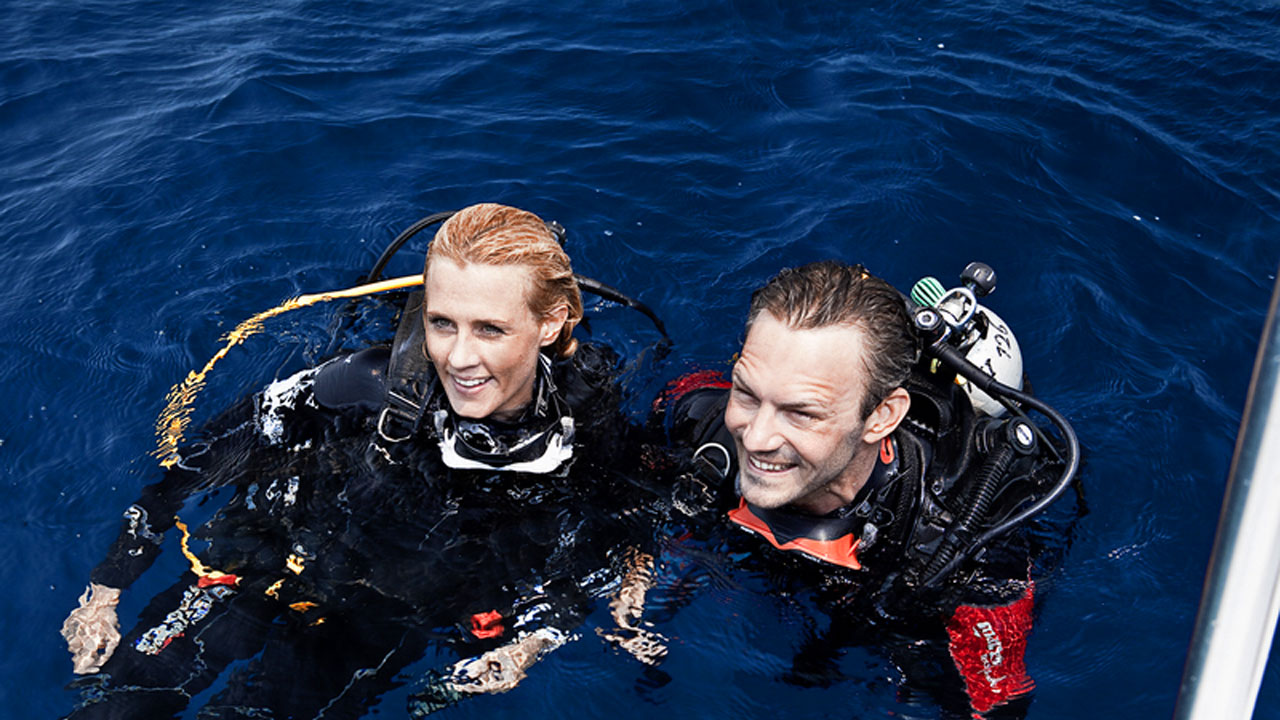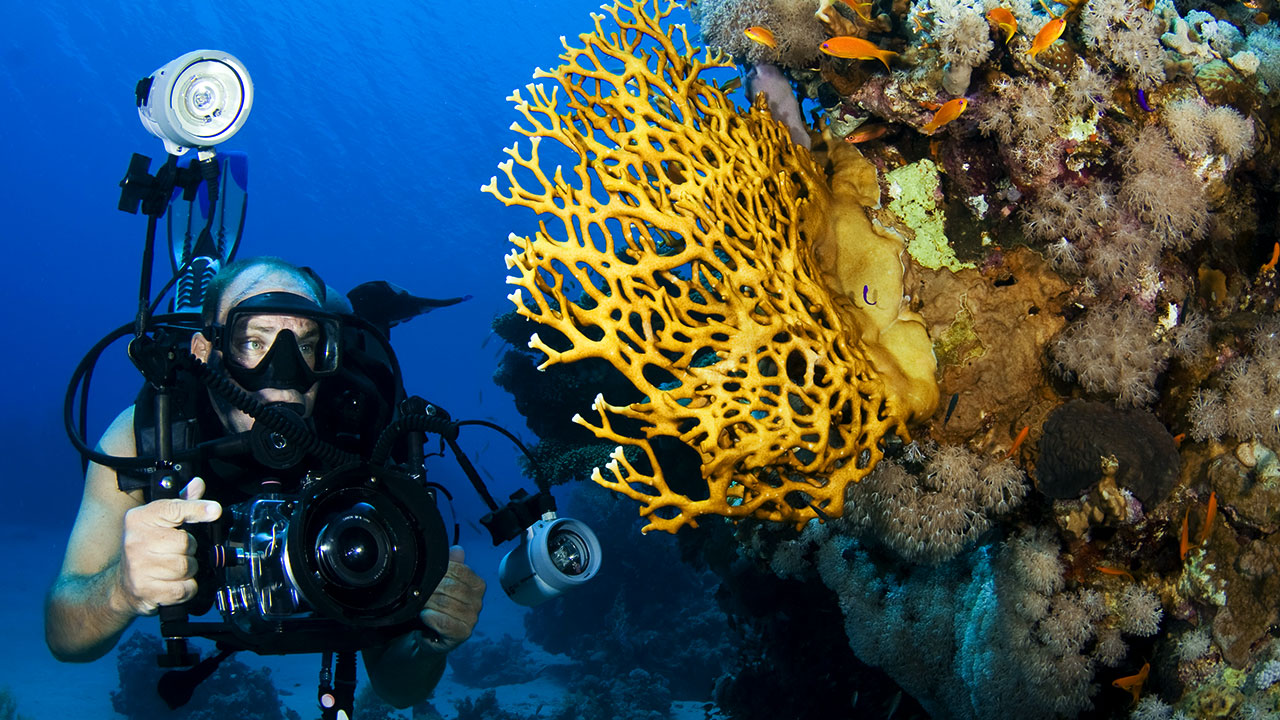Calculating Air Consumption: Infographic With Hands-On Examples

Don’t we all want our dives to last as long as possible? Well, the key to achieving this is understanding and improving various factors that determine the duration of each particular dive. While there are many aspects to consider, today we are going to talk about one of the most crucial influences - your air consumption rate.
Even though nowadays many divers use dive computers that provide all the vital information, including the air consumption rate, decompression obligation, heart rate, etc., it is considered good practice to have a backup system and know how to calculate your surface and depth consumption rate on your own. But before we proceed to the actual formulas, let us go over a few basic things you need to know about air consumption.
The first thing you need to remember is that air consumption is an individual matter that begins with the diver‘s physique. In most cases, larger divers need more air, while smaller divers tend to use less of it. Even on the surface, two divers breathing from equally filled scuba tanks will notice that after some time the amount of air remaining in their cylinders differs.
The next important thing to keep in mind is that our air consumption on the surface is different from that at depth. In particular, the deeper we go, the more air we consume. This is due to the fact that as we descend the ambient pressure rises - with each 10 m (33 feet) the pressure increases by 1 atmosphere, i.e. at 10 m (33 feet) he ambient pressure is double what it is at the surface; at 20 m (66 feet) it’s three times greater than at the surface, etc. Consequently, at a depth of 10 m (33 feet), the diver will consume twice as much air as he/she does on the surface.
The third factor that affects a diver's rate of air consumption is physical exertion. The greater the physical demand on your body while diving, the more air you will consume. During the dive, you may need to perform a number of different activities that place greater physical demand on the body than just leisurely swimming. For instance, you may need to fight the current, free a stuck anchor or untangle yourself if caught in a fishing line.
In addition to the physical conditioning, the diver should also consider his/her psychological fitness. Because nervousness and stress trigger such reactions as an increase in pulse and respiration rates, your ability to relax and stay calm significantly affects the amount of air you consume.
Finally, one more factor that determines how much air you will need has a lot to do with how nervous or hyper you are during the dive and essentially accounts for all the air you use up fidgeting with your buoyancy control and/or clearing your mask. Clearly, unnecessary manipulations with your equipment contribute to poor air consumption.
Now that we have discusses what your air consumption depends on, let’s move on to the part where we learn to calculate it. To help you sort things out, we have created an infographic that illustrates the most important formulas and hands-on examples, helping to understand them.





